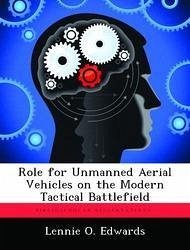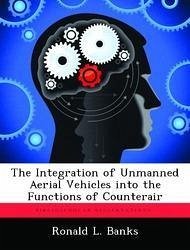Nicht lieferbar

Role for Unmanned Aerial Vehicles on the Modern Tactical Battlefield
Versandkostenfrei!
Nicht lieferbar
This monograph proposes the use of close and short range unmanned aerial vehicles (UAVs) as a valuable air reconnaissance asset that is needed on the tactical battlefield. Current intelligence gathering assets at division and below don't have the range to gather information throughout the commander's entire area of operation. This is still the case when augmented by corps assets. Air reconnaissance provided by higher level can cover the area, but the response time is inadequate at the tactical level. To solve this, a UAV company is needed at division level. The monograph first examines two his...
This monograph proposes the use of close and short range unmanned aerial vehicles (UAVs) as a valuable air reconnaissance asset that is needed on the tactical battlefield. Current intelligence gathering assets at division and below don't have the range to gather information throughout the commander's entire area of operation. This is still the case when augmented by corps assets. Air reconnaissance provided by higher level can cover the area, but the response time is inadequate at the tactical level. To solve this, a UAV company is needed at division level. The monograph first examines two historical cases of UAV use; U.S. use in Vietnam between 1969 and 1982 and Israeli use in Lebanon's Bekaa Valley in 1982. Then, the current status of UAVs in the U.S. military is discussed, including a brief description of the Joint UAV Program created by Congress in 1988. Next, the monograph addresses the intelligence needs of the tactical commander'; and identifies shortfalls that exist within the current force structure. Finally, the requirements for a viable UAV system in today's high threat environment are analyzed. The issues of survivability, responsiveness, continuous operations, and command and control are discussed. Issues of cost, joint development, and service conflicts in roles and missions are highlighted as being more likely to retard development and fielding than the fundamental tactical issues.










